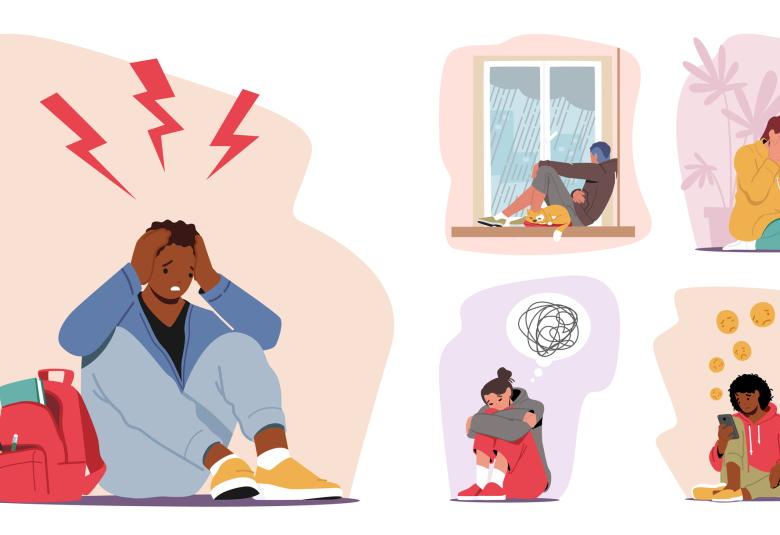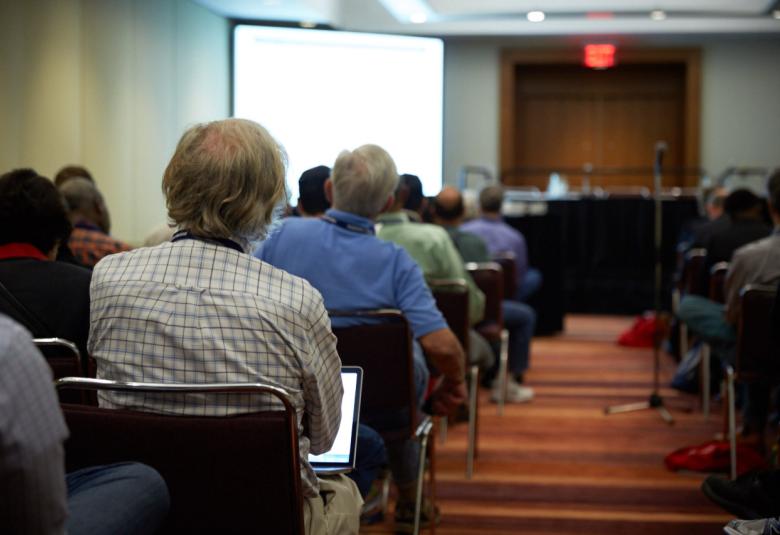Rapid eye movement sleep behavior disorder is characterized by abnormal sounds and movements during REM sleep, lack of normal atonia and unpleasant dreams. It results from neuronal degeneration and may predict future Parkinson’s disease, explained experts at MDS Virtual Congress 2020.
According to the American Academy of Sleep Medicine International Classification of Sleep Disorders, rapid eye movement (REM) sleep behavior disorder (RBD) is characterized by:
Unpleasant dreams are common and often involved being attacked, chased, or arguing2
- vocalizations, jerks, and motor behaviors during REM sleep
- absence of physiologic atonia during REM sleep1
In addition, REM-related dream content is common, said Dr Ambra Stefani, Innsbruck, Austria.
In a study of 203 patients with RBD, 44% were not aware of their sleep behavior. The most common symptoms were punching, kicking, talking and screaming, and nearly 60% of partners had been injured. Unpleasant dreams were recalled by 93%, and most often involved being attacked, chased, or arguing.2
RBD commonly precedes neurodegenerative disease
RBD appears to result from neuron degeneration in the SLD and GiV3
Studies suggest that RBD results from neurodegeneration of glutamate neurons in the sublaterodorsal tegmental nucleus (SLD) and ɣ-aminobutyric acid (GABA)/glycinergic neurons of the ventral gigantocellular retricular nucleus (GiV),3 explained Pierre-Herve Luppi, Lyon, France.
An observational study of patients with idiopathic RBD found that 10 years after diagnosis, 45% developed neurodegenerative disease, and in 45% of cases, this was Parkinson’s disease.4
RBD is now recognized as the prodromal stage of an α-synucleinopathy,5 and the common occurrence of prodromal PD biomarkers among individuals with longstanding idiopathic RBD suggests an underlying neurodegenerative process.6
Idiopathic RBD might be best reconceptualized and renamed as “isolated” RBD5
Biomarkers for future α-synuclein pathology among people with idiopathic RBD include:
- olfactory loss7
- reduced striatal dopamine signaling on dopamine transporter imaging6
- signs of α-synuclein pathology outside the central nervous system8
In view of the increasing evidence demonstrating the idiopathic RBD is an early manifestation of α-synuclein disease, it has been suggested that it is reconceptualized and renamed to “isolated” RBD.5
Our correspondent’s highlights from the symposium are meant as a fair representation of the scientific content presented. The views and opinions expressed on this page do not necessarily reflect those of Lundbeck.




